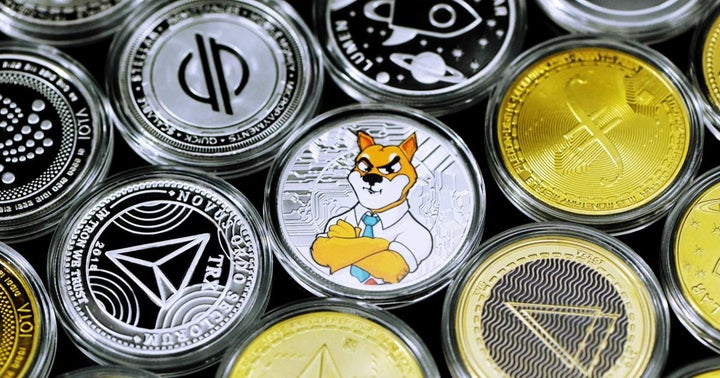
Shiba Inu (CRYPTO: SHIB) tokens are constantly burned by the community, but the meme-based cryptocurrency hasn’t managed to reverse its declining price trend.
What Happened: According to an update from Shibburn, an account that tracks all Shiba Inu token burning, more than 410 trillion SHIB tokens have been burned so far.
In the past 24 hours, there have been a total of 9,758,993 $SHIB tokens burned and 6 transactions. So far, a total of 410,300,575,781,510 #SHIB tokens (41.03006%) have been burned from the initial supply of 1 quadrillion. #shibarmy
— Shibburn (@shibburn) January 4, 2022
This amounts to 41% of the initial supply of 1 quadrillion SHIB tokens. However, with 549 trillion SHIB still in circulation, community-led efforts to burn tokens seem to have had little to no effect on the price.
Its Dogecoin (CRYPTO: DOGE) rival is down by more than 60% from its all-time high of $0.00008845 in October 2021. Still, its community continues to contribute to SHIB burn events in the hopes that by reducing existing coins from circulation, its price will eventually go higher.
In December 2021, Bigger Entertainment Inc. organized a SHIB Burn Christmas Party that set out to burn 176 million SHIB in a live-streamed event.
Weekly #shib Burn Wrap Up (12/20 – 12/26):
Total in week Burn: 1,140,746,704! (+109% WoW)
Since 12/1 #SHIBARMY :
Total Coins Burned: 1,943,391,652
Total Supply Burned: -.0003295%
Median Daily Burn: 13,741,174S/O to @biggerent @vEmpiredigital @iamstevencooper
huge week! pic.twitter.com/2CCGboJKPF— SHIBtyme (@worldofao) December 28, 2021
The week saw 1.14 billion SHIB tokens burned, largely due to Bigger Entertainment’s Spotify Technology SA (NYSE:SPOT) playlist that burns SHIB with every stream.
Despite the continued efforts to burn tokens and the large whale purchases of SHIB tokens, the cryptocurrency’s price continues to stagnate at around $0.00003308.
SHIB has lost 15.3% in the last week but is still up by a whopping 34,988,291% over the course of one year.
Photo by Executium on Unsplash
This news is republished from another source. You can check the original article here



